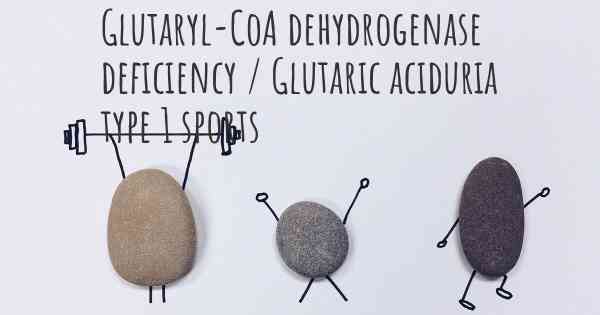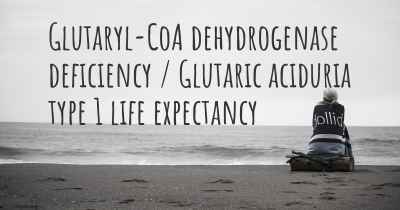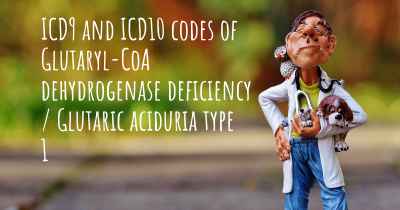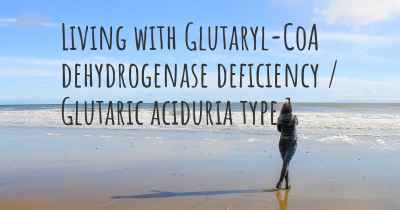Is it advisable to do exercise when affected by Glutaryl-CoA dehydrogenase deficiency / Glutaric aciduria type 1? Which activities would you suggest and how intense should they be?
See if it is advisable for people with Glutaryl-CoA dehydrogenase deficiency / Glutaric aciduria type 1 to practice sports and which ones are the most recommended if you have Glutaryl-CoA dehydrogenase deficiency / Glutaric aciduria type 1

Glutaryl-CoA dehydrogenase deficiency, also known as Glutaric aciduria type 1, is a rare genetic disorder that affects the body's ability to break down certain amino acids. This condition leads to the accumulation of harmful substances in the body, which can cause damage to the brain and other organs.
When it comes to exercise and physical activity, it is important for individuals with Glutaryl-CoA dehydrogenase deficiency to approach it with caution. The primary concern is the potential for metabolic stress and the risk of triggering a metabolic crisis.
Consulting with a healthcare professional who is familiar with your specific condition is crucial before starting any exercise program. They can provide personalized guidance based on your individual needs and limitations.
That being said, there are certain activities that may be considered safe for individuals with Glutaryl-CoA dehydrogenase deficiency:
- Low-impact exercises: Engaging in low-impact activities such as walking, swimming, or stationary cycling can be beneficial. These exercises are generally less strenuous and put less stress on the body.
- Stretching and flexibility exercises: Incorporating stretching and flexibility exercises into your routine can help improve joint mobility and prevent muscle tightness. These exercises can be done at a gentle intensity and modified to suit your comfort level.
- Balance and coordination exercises: Activities that focus on balance and coordination, such as yoga or tai chi, can be beneficial. These exercises can help improve stability and body awareness.
It is important to note that the intensity of exercise should be gradual and individualized for each person with Glutaryl-CoA dehydrogenase deficiency. Overexertion or intense physical activity can potentially trigger metabolic stress and should be avoided.
Additionally, it is crucial to listen to your body and pay attention to any signs of fatigue, weakness, or discomfort during exercise. If you experience any unusual symptoms, it is important to stop exercising and seek medical attention.
Proper hydration is also essential during exercise to prevent dehydration and support overall health. Make sure to drink enough water before, during, and after your workout.
In conclusion, while exercise can have numerous benefits for overall health and well-being, individuals with Glutaryl-CoA dehydrogenase deficiency should approach it with caution. Consulting with a healthcare professional and following their guidance is crucial. Engaging in low-impact exercises, stretching, balance and coordination activities can be considered, but the intensity should be gradual and individualized. Always listen to your body and stop exercising if you experience any unusual symptoms. Stay hydrated throughout your workout.








